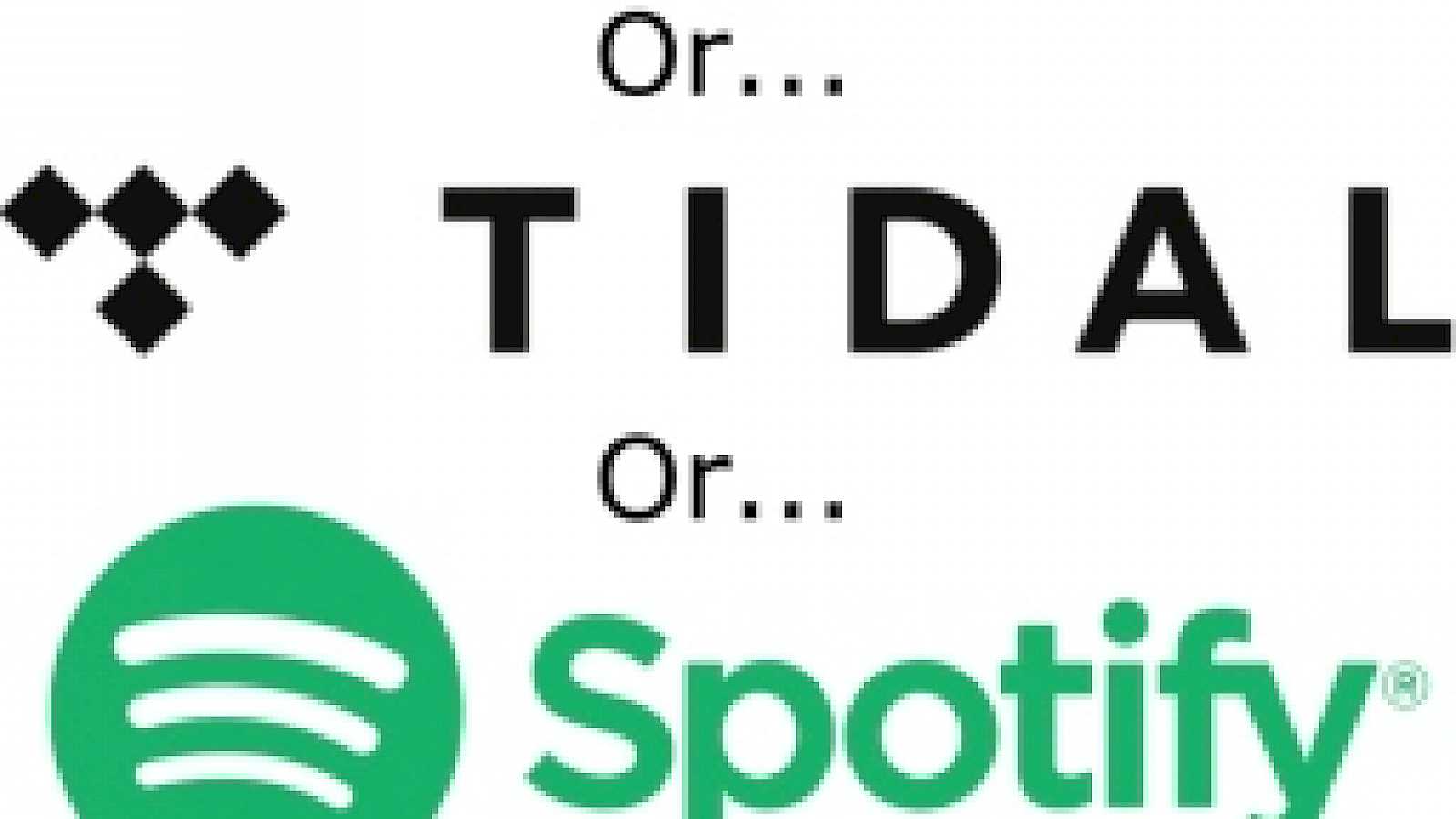
We all live in a digital world and, whether we like it or not, we are surrounded by gizmos and gadgets which our lives revolve around. Listening to music has followed this trend going from analogue recording all the way to accessing music from cloud-based streaming services. There is no right or wrong way to listen to your music, but for those just starting out without any CDs or LPs, streaming music may be the way to go.
All music streaming services are dwarfed by YouTube with 1.5 billion users. It is then followed by the Chinese music streaming service called NetEase which has 400 million users, but is not available outside Asia. After this is SoundCloud with 175 million users, a platform for people to upload their music for others to hear. Though SoundCloud has a huge amount of users, a very small fraction subscribe to the premium services that SoundCloud have to offer.
We then move onto the very familiar name of Spotify, which has a user base of 170 million of which half are premium users. Spotify has the largest user base of commercially released music. It is also a sharing platform for playlists which allows you to effortlessly put on music to suit a mood, genre, or even choose a decade to rekindle music from your youth. The major limitation of Spotify is that it does not offer CD quality audio (16bit 44.1 kHz, 1,411kbps), providing audio streams of 320kbps for premium users and 96kbps for free users. As a result, Spotify is seldom used by audiophiles and hi-fi enthusiasts. It is more suitable for mobile use or to sample new releases so that you can choose which album you would like to buy.
The two main streaming music subscription services that offer CD quality or above is Tidal and Qobuz. Tidal utilises the audio codec, MQA (Master Quality Authenticated) which requires a MQA decoder to make use of the additional fidelity (up to 96 kHz or 88.2 kHz on bit-perfect master transcoding) on offer. Without the MQA decoder, it is limited to standard CD Quality. Qobuz, on the other hand, offers high-resolution natively (up to 24bit 192kHz), where available.
Both Tidal and Qobuz are readily accessible from most streamers that are available on the market today. Naim, for example, integrates Tidal on all of their current products, whilst Linn integrates both Tidal and Qobuz. Naim also offer Goole Chromecast within their app to allow use of Qobuz, as well as some of the dedicated Classical music streaming services such as Digital Concert Hall (performances by the Berliner Philharmoniker orchestra), Primephonic and Idagio.
Which one is better? This, like any hi-fi related purchase, is entirely down to taste. The music libraries differ greatly as Qobuz is more aimed towards the critical listeners, with a more expansive selection of both Classical and Jazz, while Tidal is aimed towards the general public and offers a more popular selection of music, especially Hip-Hop, Grime and even 70’s rock. There are albums that are exclusive to either Tidal or Qobuz and releases that are available on both. As both Tidal and Qobuz are excellent streaming services we recommend you utilise the free trials that both offer to find the one that you prefer
